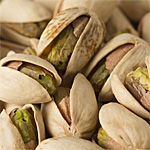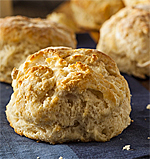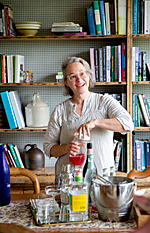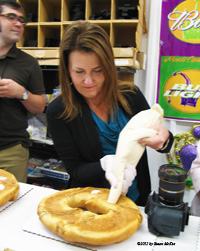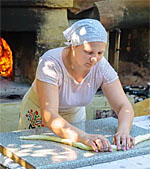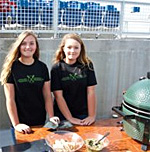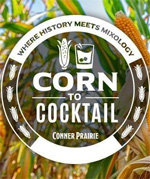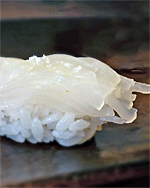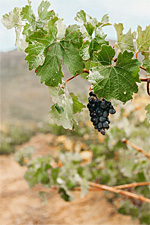Cachaça by Armazem Vieira
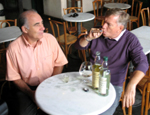
(Photo by Susan McKee)
The Road Trips Foodie
There’s no drink more Brazilian than cachaça (close to 400 million gallons are produced annually). Like rum, it’s distilled from sugar cane, but it has a distinct taste and is muddled into a distinctly Brazilian cocktail: caipirinha.
Cachaça connoisseurs prefer to have it aged. The older the cachaça, the more expensive (think: 8 years, minimum; 16 years or more is even better). Cachaça distilled from sugar cane juice (garapa) is considered superior to rum, which is made as a byproduct of producing sugar (melaço in Portuguese, which translates to molasses in English).
When this Road Trips Foodie was wandering the southern Brazilian province of Santa Catarina, The New York Times published a feature on cachaça, noting that one of the handful of really good labels – Armazem Vieira — was produced in Santa Catarina’s capital city, Florianòpolis. Of course, I set my sights on checking it out – all in the name of research for you, my dedicated readers, of course!
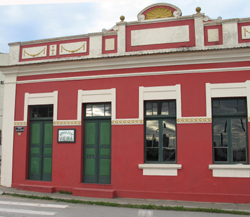
(Photo by Susan McKee)
The classic caipirinha is made from 2 parts cachaça, 1 part lime juice and one teaspoon sugar, mixed and poured over ice. A common Brazilian variation, called the Batida (“shaken”), substitutes another fruit juice for the lime, most commonly either passion fruit or coconut milk.


